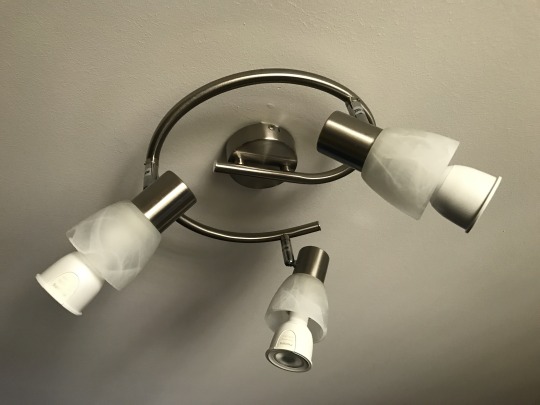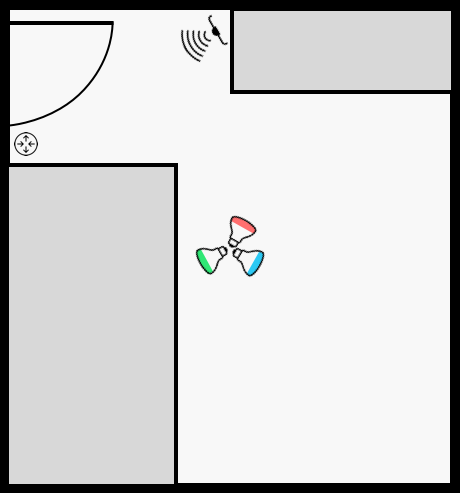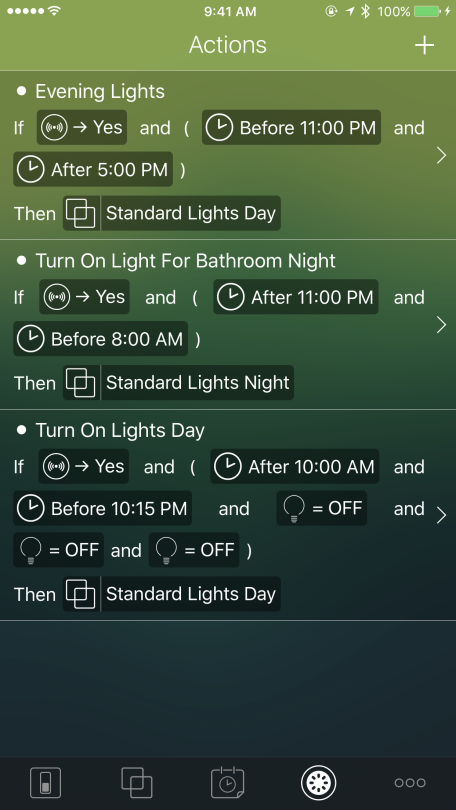I’ve been wanting to play with HomeKit for a few months but I never actually bought any HomeKit compatible device until a few weeks ago. I wanted to start slow and see how HomeKit has improved over the last iOS versions.
I am completely new to this @internetofshit thing, so here are my thoughts! 😄
I started by buying a simple control switch built specifically for the swiss plug type J and it’s called myStrom. The price is inline with other similar plugs, 39 CHF.
It unofficially supports HomeKit and a few friends confirmed that it worked well for them. After connecting it with my Christmas tree lights, I was able to quickly turn it on/off from the Control Center of my iPhone. The result is pretty nice.
Got my first HomeKit accessory. Scheduling my Christmas tree comfortably from my couch. Love this 👍🏻🎄 pic.twitter.com/SP4zRv0vtd
— Patrick Balestra (@BalestraPatrick)December 5, 2016
I then automated this behavior by turning on the plug everyday at 6.00pm and turning it off at 11.00pm by creating a simple automation in the Home app.

This works even remotely if you have an Apple TV or iPad that you can use as home hub. I have an Apple TV 4th generation and after a restart, HomeKit was enabled via iCloud. I didn’t want my family to ask me to light the Christmas tree when I wasn’t home (even though the plug has a small button that can turn it on and off manually).
I discovered that you can easily grant other people access by adding them to your house.
The Home app is a very beautiful app in terms of user interface, but the user experience could be improved. I took me some minutes to find a few basic features like this one.
I added my mom and sister to my House and they can now simply swipe up the control center to light the Christmas tree! 🎄🔆
As soon as my mom enters the house, she can switch it on from her iPhone with Siri. Awesome!
I could automate it even further by using geofencing, but I haven’t tried this feature yet.
As a Christmas gift for myself, I decided to convert my room to smart lightbulbs. I ordered the Philips Hue White and Color Starter Kit and the Philips Hue tap Switch. I also wanted to get the new Elgato Eve Motion at the same time but it wasn’t available to order online. While visiting the Apple Store in Bergamo, I saw it on the shelves and decided to pick it up as well to automate my room even further.

The current lamp in my room supports light bulbs of type E14 but the Philips Hue was only sold with the type GU10. The solution was to buy a cheap adapter from Ebay.

The Hue bridge was very easy to set up, just wire it to the router with the provided Ethernet cable and to the power. The Hue iOS app will do the rest. Setting up the Eve Motion was very straightforward too after having downloaded the Eve iOS app. Just scan the barcode and that’s it. The fun (and most difficult) part is automating the whole system.
I thought that I could set up all my actions through the Home app and manage everything from one place, but I was wrong. The third-party apps are actually more powerful and allow for more complicated automations.
If you would like to add multiple conditions to a trigger, you can not do that with the Home app even though HomeKit supports this feature. You have to use a third-party app like Eve or Hesperus. This inconsistencies complicate the user experience.
Let’s now take my room as example.

I have a lamp hanged on the ceiling of my room where I mounted the three Hue bulbs. As I step into my room, the motion sensor triggers my lights depending on the time of the day. When I exit my room, I simply press the button on the Hue tap next to my door to turn everything off. I couldn’t find a way to automate this behavior. Let me know if you have any idea.
As I mentioned before, multiple conditions in a trigger are very useful. The brightness of the lights during the night should be lower compared to other times of the day. For this reason I created two different scenes that set the color and brightness differently. Here you can see my actions in Hesperus.

The cool thing is that HomeKit actions, scenes and accessories are shared between apps. You can use any app you want to set up your home.
Given that I only have a single motion sensor, before getting into bed I move my motion sensor closer to the bed. In this way, as soon as I step out of my bed one of the lights turns on at the minimum brightness to show me the way to the door.
I took inspiration for this night setup from the MOXY Milan Malpensa Airport hotel. As soon as I was stepping out of the bed, a motion sensor would switch on the LED strip under the edges of the bed at the minimum brightness. It was a pretty amazing effect for the guests.
One of the problems I encountered was that the motion sensor was not working 100% initially, but after discovering how to change the sensitivity of the sensor in the Eve app, it started to work more reliably.
I am pretty happy with the setup after a few days of usage. I still have to create a few custom scenes to fully obtain the effect and colors that I want. For example, I would like to slowly turn on the lights to wake me up in the morning. As I am currently in winter break from school and I am not on a regular sleep schedule, I was not able to test this feature yet. 😴
If anyone’s interested, I’ll share more opinions about this topic in the future.
Thanks to @KhaosT for the help in understanding HomeKit.